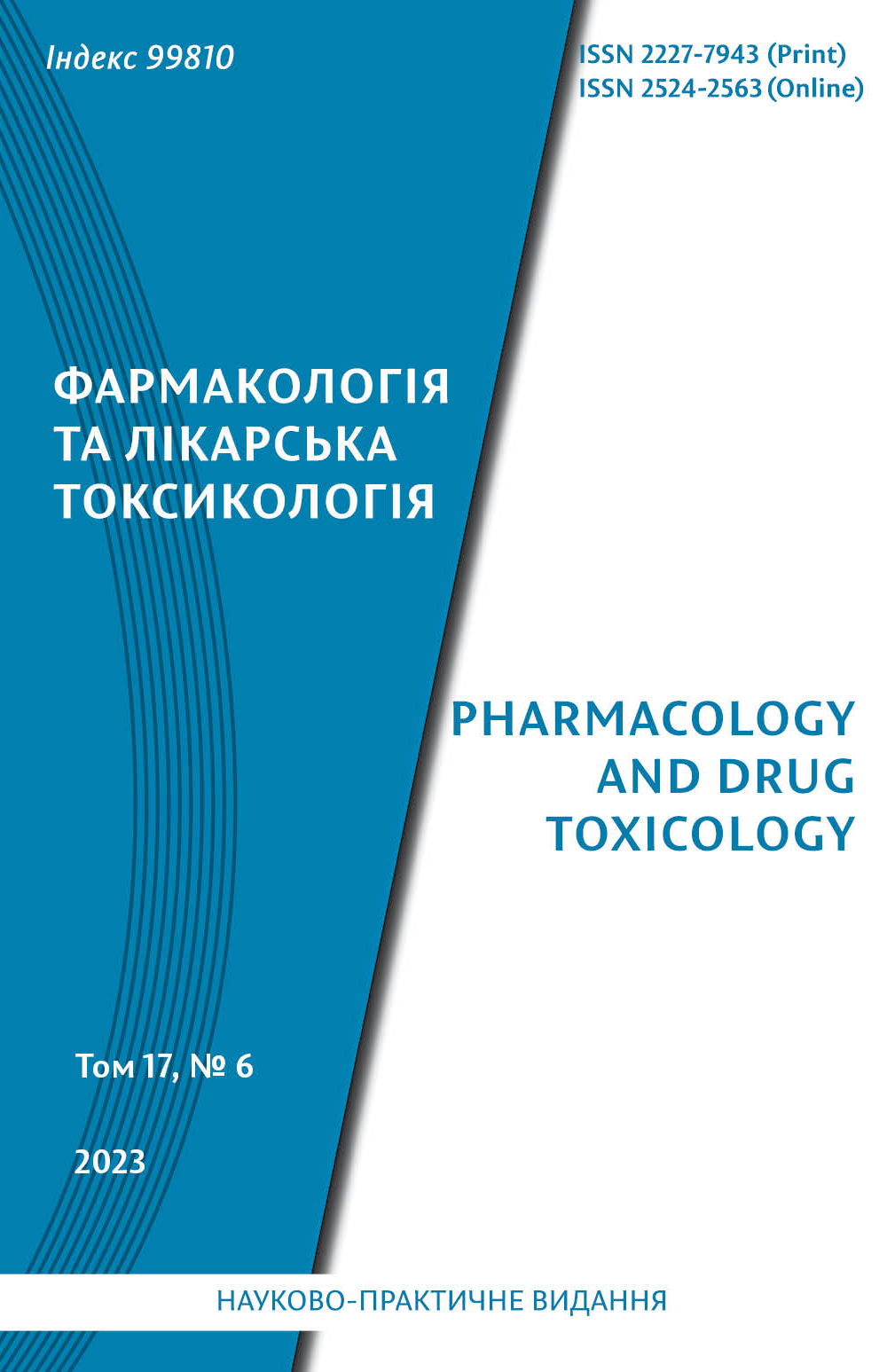Abstract
Dyslipidemia is one of the determinants of metabolic syndrome and is pathogenetically associated with the development of initially steatohepatitis and later with non-alcoholic fatty liver disease.
The purpose of the study was to research the effect of dietary supplement (DS) «Aterophyton» on the morphological state of the liver under conditions of experimental metabolic syndrome (EMS) in Syrian golden hamsters.
EMS in Syrian golden hamsters was induced by keeping animals on a diet, enriched with fructose. A total of 30 Syrian golden hamsters, 12 weeks old, weighing 150–185 g, 6 individuals in each experimental group were used in the study. The object of the research was the liver of Syrian golden hamsters of next experimental groups: І group – intact control, hamsters that consumed a diet balanced by the set of proteins, fats, carbohydrates, necessary trace elements and vitamins; ІІ group – EMS, hamsters that received a 60% fructose-enriched diet for 24 days; III, IV and V groups – hamsters with EMS which were administered respectively Aterophyton (tablets produced by SPFC «EIM») at daily dose of 255 mg/kg; metformin (Siofor; tabl. 500 mg No. 60, manufactured by Berlinhemi, Germany), 60 mg/kg and Arfazetin («Arfazetin» collection, 1.5 g sachets, «Liktravy», Ukraine), 16 ml/kg per day. The investigated DS «Aterophyton» and comparison drugs were administered intragastrically starting from the 15th day of EMS simulation for 10 days.
It have been established, that metabolic syndrome modeling in Syrian golden hamsters led to the development in liver of local blood circulation disorders (dilation of interlobular and intralobular veins, erythrocyte stasis in the veins and arteries of the portal tract, uneven pronounced narrowing of the lumen of sinusoidal blood capillaries), to diffuse protein dystrophy and large focal steatosis.
The use of Aterophyton against the background of EMS in most animals (60%) contributed to positive changes in the state of cells, the system of sinusoidal blood capillaries and signs of granular dystrophy of hepatocytes or its severity. In 40% of hamsters the dystrophy persisted, but it was not as pronounced compared to the animals of the control pathology group. Hepatoprotective action of DS «Aterophyton» is realized due to the complex phytocomposition, that was obtained by the innovative method of cryo-technological processing of medicinal plant raw materials with preservation of biologically active substances capable of antioxidant, anti-inflammatory and lipid-correcting effects.
Thus, the results obtained indicate the prospects of DS «Aterophyton» use as an auxiliary herbal remedial agent in complex pharmacological correction of metabolic syndrome.
